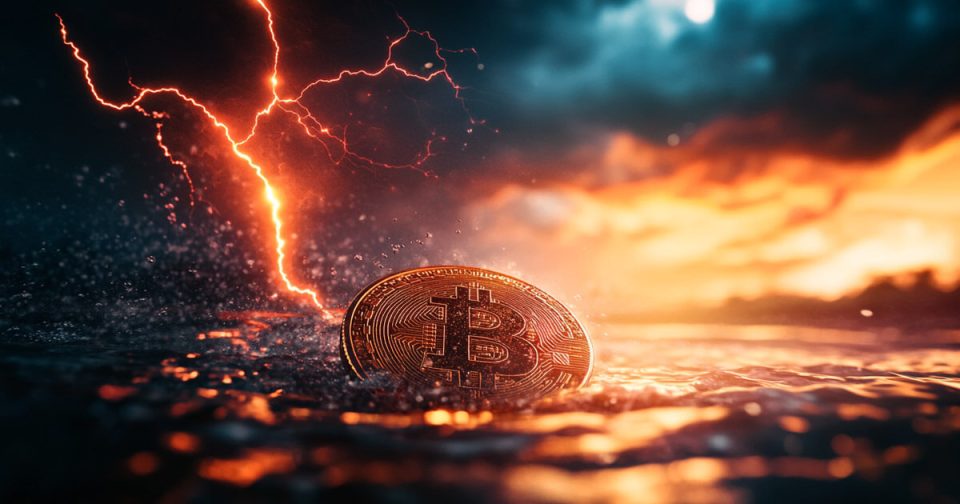New technology may help verify $25 billion uranium destruction in Iran
Verifying the destruction of uranium stockpiles at Iranian nuclear sites struck by recent U.S. airstrikes remains a complex challenge for international agencies.
The International Atomic Energy Agency (IAEA) has yet to inspect key facilities like the Fordow uranium enrichment site, which is deeply buried inside a mountain, limiting independent verification.
“At this time, no one, including the IAEA, is in a position to have fully assessed the underground damage at Fordow,” said Rafael Grossi, IAEA Director General.
Experts note that while satellite images reveal structural damage, uranium itself cannot be detected by traditional remote sensing technologies.
“It will take time, intelligence assessments, and satellite imagery to determine the extent of the damage,” explained Jeffrey Fields, a professor at USC.
Several technologies may aid verification efforts, including radiation detection via drones and specialised aircraft equipped with gamma ray and neutron sensors, though these require close proximity to targets and pose operational risks.
The U.S. Air Force’s WC-135 “Constant Phoenix” aircraft can collect atmospheric samples to detect radioactive isotopes if particles are carried by wind, a method historically used to monitor nuclear tests.
Neutrino detectors, capable of identifying particles from nuclear reactions, offer potential for long-range monitoring but remain largely experimental and require placement within about 56 miles of the source.
Hyperspectral imaging from satellites and drones can detect indirect signs of damage such as heat signatures and disturbed terrain but cannot confirm uranium presence or destruction.
Combining these data sources with artificial intelligence and machine learning may improve assessments of damage to nuclear facilities.
However, full verification likely requires on-site inspections, which depend on diplomatic negotiations to allow IAEA access.
“We need to try to go back to the negotiating table as soon as possible. We have to allow the IAEA inspectors to return,” Grossi stated, emphasising the importance of dialogue.
“The IAEA is ready to play its indispensable role in this process. We have been talking to Iran, we have been talking to the United States. We have to work for peace,” he added.
Disclaimer: The content of this article solely reflects the author's opinion and does not represent the platform in any capacity. This article is not intended to serve as a reference for making investment decisions.
You may also like
Spark invests $100M in Superstate's USCC fund as Treasury yields hit six-month lows

Ethereum triple bottom setup hints at a $4K breakout next
Bitcoin Faces Pressure at $108K After ETF Exodus

The Journey of Hyperliquid (Part 3): No Battles in CLOB
Why the CLOB (Central Limit Order Book) architecture is suitable for perpetual contracts, and where are the limits of the CLOB architecture?

